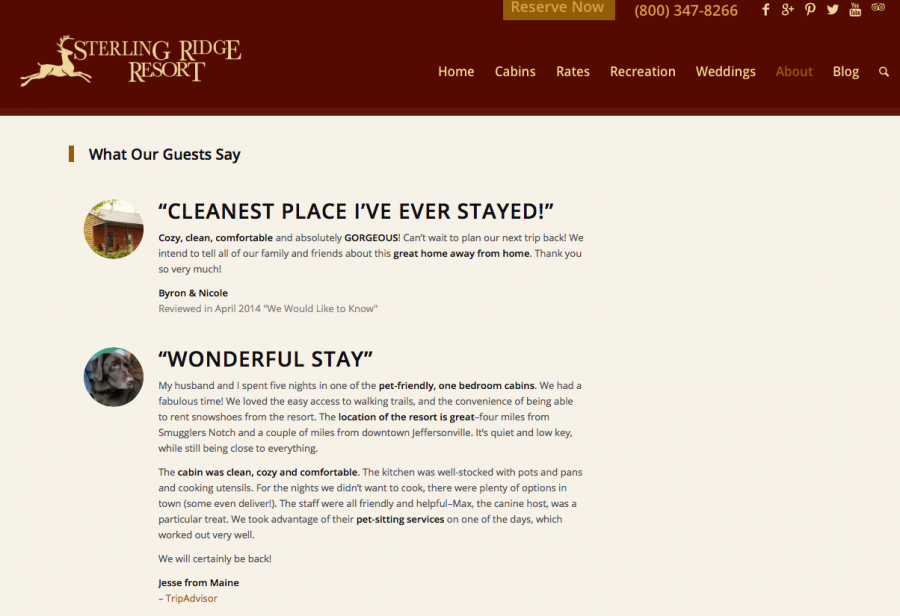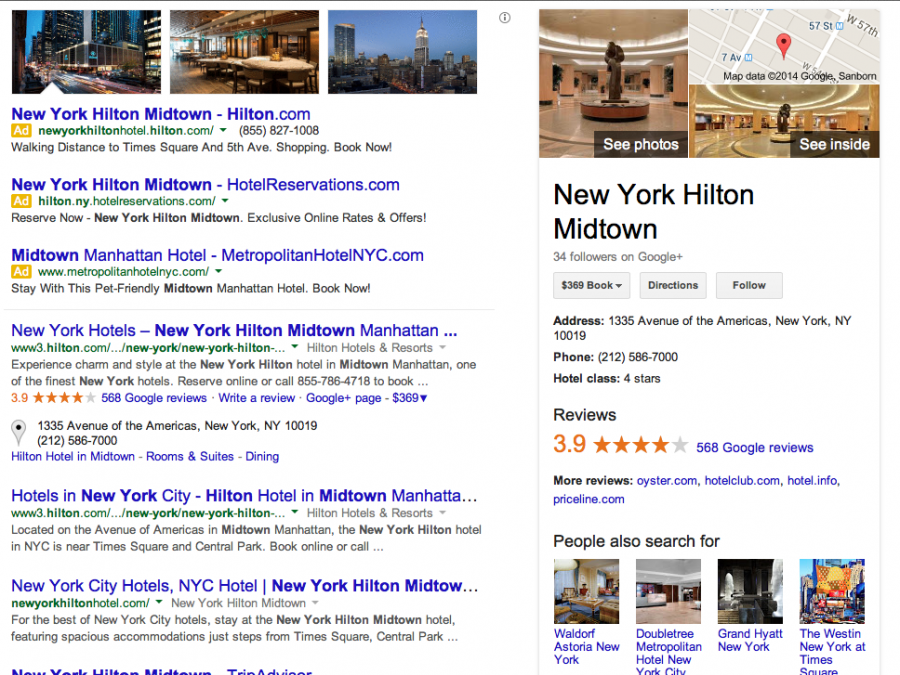Search Engines
Google Trips – Organize Your Travel Easily
Google is continuously coming out with new technologies that make communication and organization easier and more convenient. Being organized and having a plan is vital to productivity in the workplace and when traveling, too. Enter Google Trips. In mid September, Google launched a new travel app called Google Trips, which helps the everyday traveler and…
Read MoreRethink Your Guest Review Strategy
It’s time to think outside of the TripAdvisor box with Facebook, GooglePlus and Pinterest Reviews –and guest interaction on YOUR WEBSITE. Oh, we all know how important TA is –and its an easy review mechanism. BUT! Did you know that asking guests to leave a review on TripAdvisor is leaving your lodging property vulnerable? If…
Read MoreGoogle takes on the OTAs- Expedia, Booking.com, Travelocity
Google takes on the OTAs and has decided to enter the OTA business directly through a licensing deal with Room 77. Room 77 is a OTA startup that currently has hotel listings located only in the US. Despite the money that is earned by Google from OTAs like Expedia, Booking.com and Travelocity, Google Inc (GOOG) is moving boldly…
Read More15 Trending Travel Terms
Moving your hotel to an automated, online integrated system is a big step. Here are 15 Trending Travel Terms to help you with some of the new lingo. Property Management System (PMS) The application used by the hotel to control onsite property activities such as check in/out, folios, guest profiles, room status, requests, etc. PMSs…
Read MoreDNS Changer Malware Alert
You may not know this, but while you were surfing the net you may have downloaded a piece of malware called DNS Changer. If so, then tomorrow you may not be able to log onto the Internet. Here is an article from KVUE.com that explains why and how this happened quite well. Basically, there are…
Read MoreWord-Of-Mouth Marketing Online –Equals Healthy Sales
Small and medium-sized business owners, you know how vital it is to the health of your business that you make a great impression with all of your customers, who then, of course, tell their friends. Plain and simple that’s word-of-mouth advertising. Undeniably, it’s the best way of introducing your business to potential new customers and…
Read MoreWisconsin’s Herb Kohl on Monopoly-Busting Google
This just in… Herb Kohl’s office released this press release yesterday. Below are excerpts from his Opening Statement Of U.S. Senator Herb Kohl For The Of Hearing, “The Power Of Google: Serving Consumers Or Threatening Competition?” “The basic premise of Google at its founding was that it would build an unbiased search engine — that…
Read MoreI Plus-one’d That Story, The New Verb
I’m predicting ‘plus one’ will become 2011’s new noun-to-verb crossover. A few years ago, it was ‘I googled it’. Today, it’s +1 –as a verb. Pretty soon you’ll be hearing, “I read that and ‘plus one’d’ it.” What is the new Google +1? It is sort of like the Facebook ‘Like’ button, but with a…
Read MoreIf Facebook Existed… A Mashup
Family and friends send some of the best material for the Saturday Morning’s Post to me. My niece, Heidi, in an email, initially sent this one. That’s how social media works, right? People you know, talking about things you find interesting –and then sharing it. I also find it interesting how many ways great Internet…
Read More


